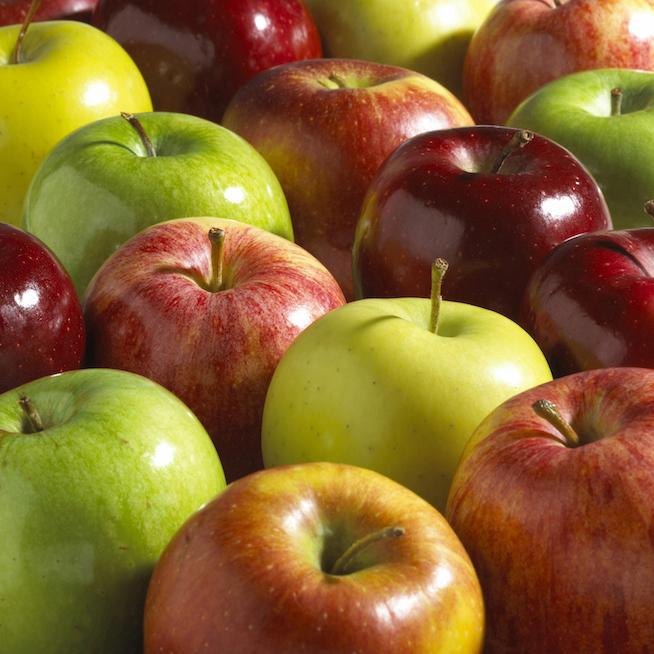
Anyone who has ever fed kids knows that creativity is the key to getting food into their picky little mouths. Sandwich shaped like a regular slice of bread? No way! Sandwich cut into stars using a cookie cutter? Magic! This kind of lunchtime alchemy is why "creative lunches" is such a popular search term on Pinterest. And it’s also why there’s an apple industry renaissance happening as we speak.
According to the Washington Post, three years ago, some researchers at Cornell University decided to examine why kids weren’t eating the apples that came with school lunches. They suspected it was style rather than substance that was causing whole apples to be discarded every day. So they put a pilot program in place and had eight schools serve sliced apples instead of whole ones. Both that pilot and a follow-up study showed academics that they were right. Yes, indeed, a sliced apple will get eaten where a whole apple will not. Apple consumption jumped by 60-70% in the schools being studied.
Convenience is a big deal in food, as is evidenced by drive-through food chains, the prepared foods sections at stores like Wegmans, and the new surge of food delivery services like Blue Apron that bring ready-to-cook ingredients to your door. We humans will jump on anything that makes food easier to acquire and consume. In the case of apples, simply slicing them makes them more desirable.
The genesis of eating pre-sliced apples can actually be traced back to 2004, when McDonalds introduced packets of fresh, sliced apples in their Happy Meals. Since then, the idea has caught on throughout the apple industry. It’s not unusual to see prepackaged apple slices showing up as snacks at soccer games, or alongside pizza at birthday parties. Even adults grab sliced apples as a nutritious, one-handed snack to eat.
The apple industry is booming because of the cut(ting). The Post reports that Americans ate just over 500 million fresh sliced apples in 2014, more than three times as many as they did in 2004. And industry leaders think there’s more to come.
"If anything, it's strange to me that the convenience sliced apples offer hasn't made them even more popular already, that they haven't become more of a thing," said David Just, one of the researchers at Cornell told the Post. "If I had to guess why, I'd say it's because people are somewhat weirded out by apples that don't brown after they're sliced. But I'd also say that people will probably get over that soon.”








